Building floating history at Appledore
28/02/2024 | Andy Sherman
Ship building on the River Torridge has been a thriving business for centuries with thousands of boats built down the years. One of the earliest references made to shipwrights on the river comes from the travels of John Leland in the mid-16th century, when he describes Bideford as having a "praty quik streat of smithes and other occupiers for ship crafte"(1). Just over a 100 years ago there were at least four shipyards operating in Appledore alone, building everything from small fishing boats known as a Picarooner(2) in the Irsha Street yards to 200-ton ocean going Barquentines at the Richmond dry dock.
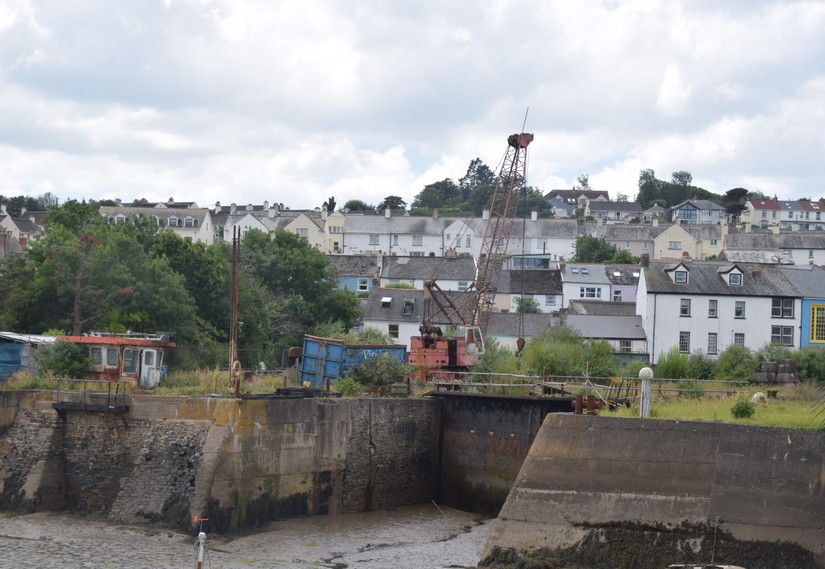
Today this tradition of shipbuilding continues in Appledore with the Harland and Wolff shipyard on the southern edge of the village. H&W Appledore are instrumental to the UK's contemporary shipbuilding industry having built the bow sections of the Royal Navy's two largest ever vessels, HMS Queen Elizabeth, and HMS Princes of Wales. The shipyard is also surrounded by the remains of the previous shipbuilding industry with hulk graveyards immediately to the north and south of the yard's slipway.
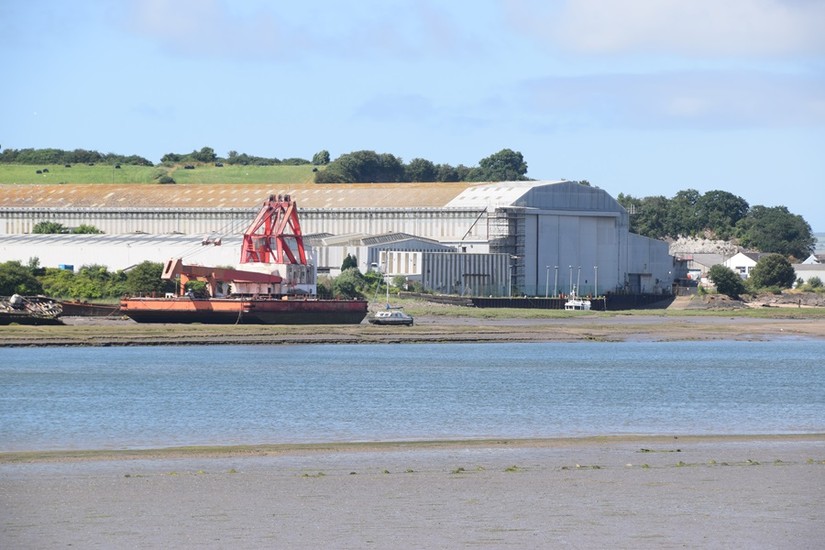
At the opposite end of the village, at Watertown, was the boat builder, J Hinks & Son. As well as making fishing and lobster boats the yard specialised in creating replicas of historic vessels, using traditional techniques. These replica sailing boats included a full-sized Roman galley, and a Viking longship for the Thorpe Park Resort, and the 17th century, 'Nonsuch', built for the Manitoba Museum in Canada. Building the Nonsuch was particularly difficult as the museum insisted that all the tools, techniques and materials be as authentic to the mid-1600s as possible. "The making of wooden nails, or ‘tree nails’, and the use of them in place of steel ones, proved to be particularly tricky. This was an entirely obsolete technology, but a crucially important one to get right, as mistakes would render the ship unsafe on the open sea"(3). Having sailed across to Canada the Nonsuch now forms part of a museum gallery, while the Roman and Viking boats sit sadly abandoned on the shores of a lake at Thorpe Park.
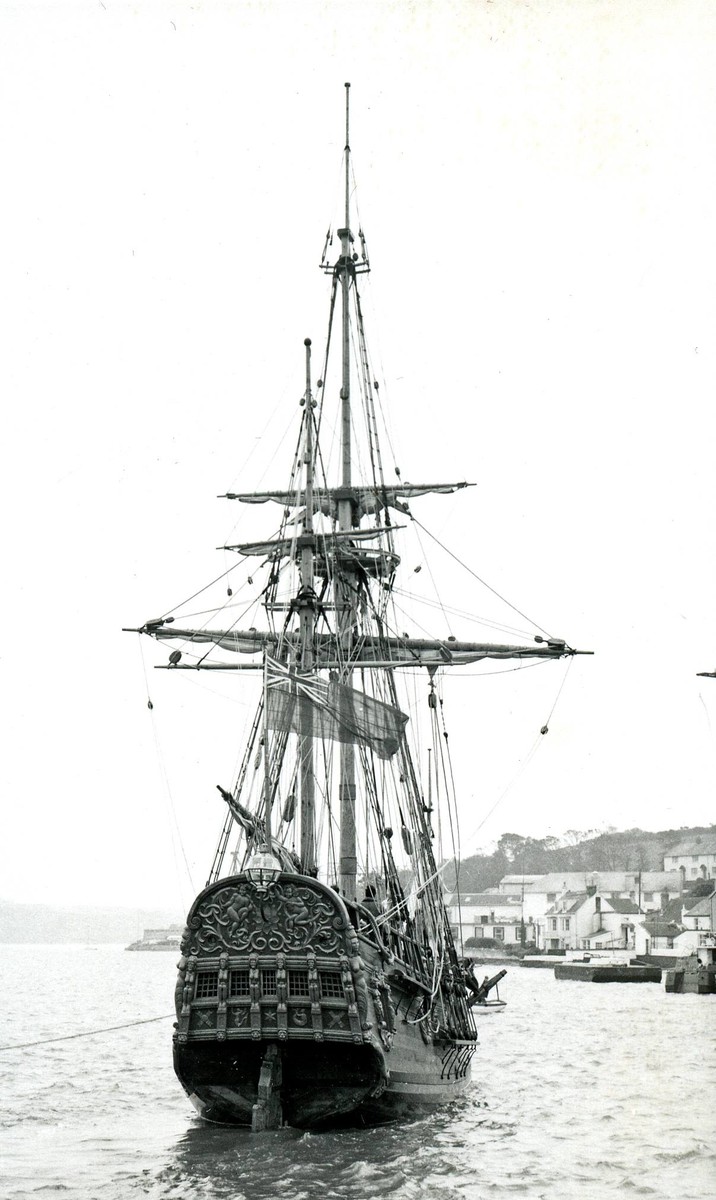
However, you can still visit one of the historic replica's built at the Hinks yard. The Golden Hinde is a replica of Sir Francis Drakes' ship, which sailed around the world in 1577, becoming the first English ship to circumnavigate the globe. The replica was commissioned by a company based in San Francisco and designed by the US naval architect Loring Christian Norgaard. The Golden Hinde was launched at Appledore in 1973, having cost $250,000 to build, sailed around the world in 1979 and since her launch has clocked up more than a 100,000 miles. (To watch the launch of the Golden Hinde on YouTube click here.) In 1996 she got to rest her sails and is now a museum, sitting in a dry dock beside the Thames.

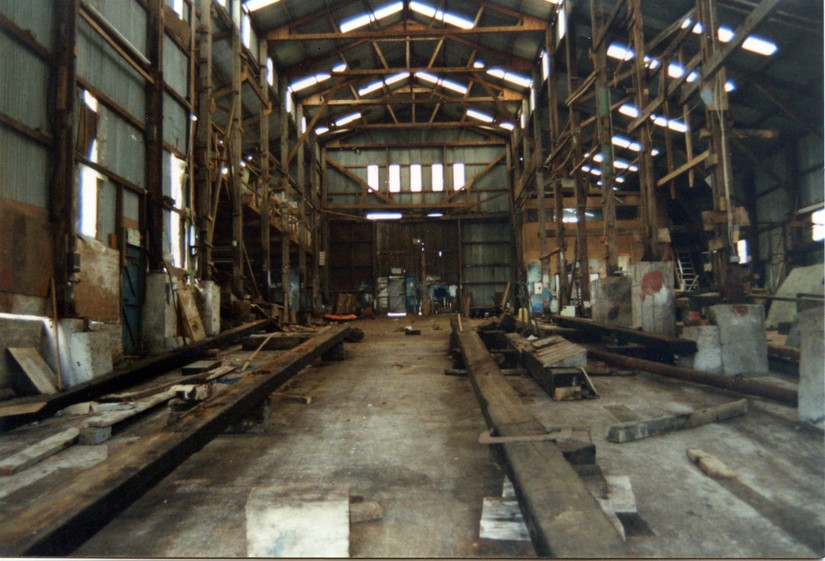
Today very little survives of the Hinks yard, although you can still see the remains of the slipway down which the Golden Hinde slid in the 1970's. But you can still visit one of the most famous ships ever to have been built there.
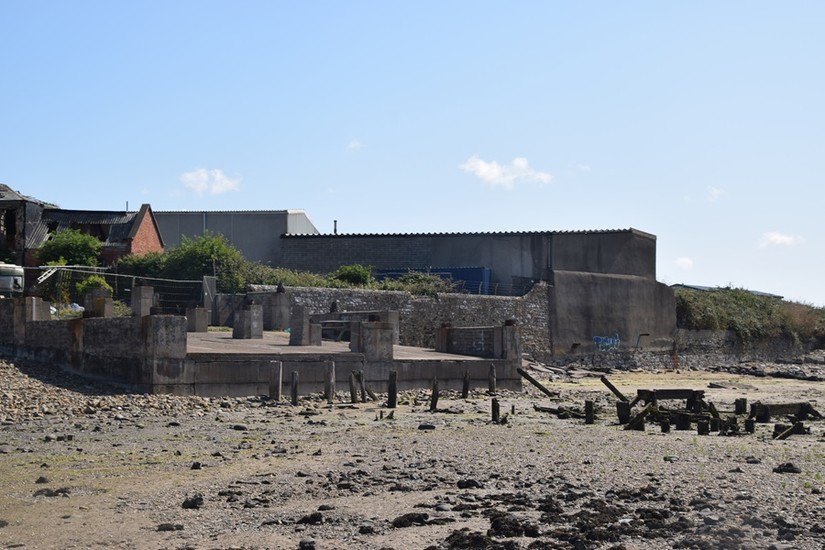
Want to take a tour around part of Thames where the Golden Hinde is docked without leaving the comfort of your sofa? Then take a walk along our Low Tide Trail here.
1) The Itinerary of John Leland in or about the Years 1535-1543, Parts I to III, edited Lucy Toulmin Smith, 1907.
2) The name Picarooner comes from the Spanish for pirate, so called by the local fishermen because they were able to enter Clovelly harbour on a lower tide, selling their fish sooner than bigger boats. (North Devon Maritime Museum.)
3) 'Voyage of the Nonsuch', Nonsuch Film Limited; The Nonsuch replica: the Hudson's Bay Company commemoration, and local identity at the Manitoba Museum, Andrea Smorang, 2019








